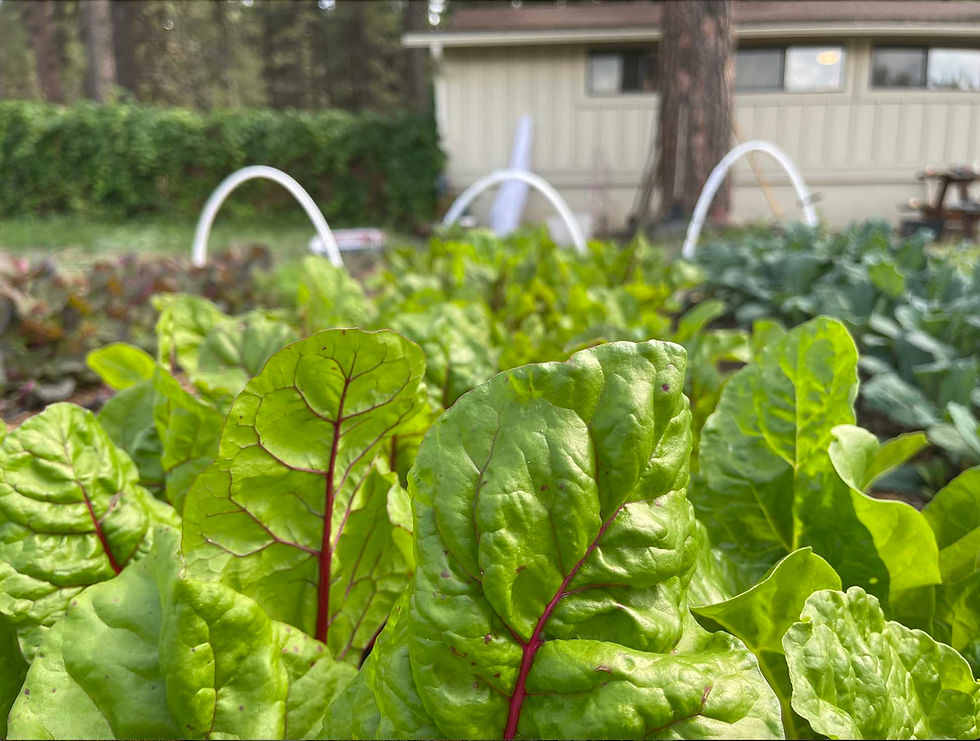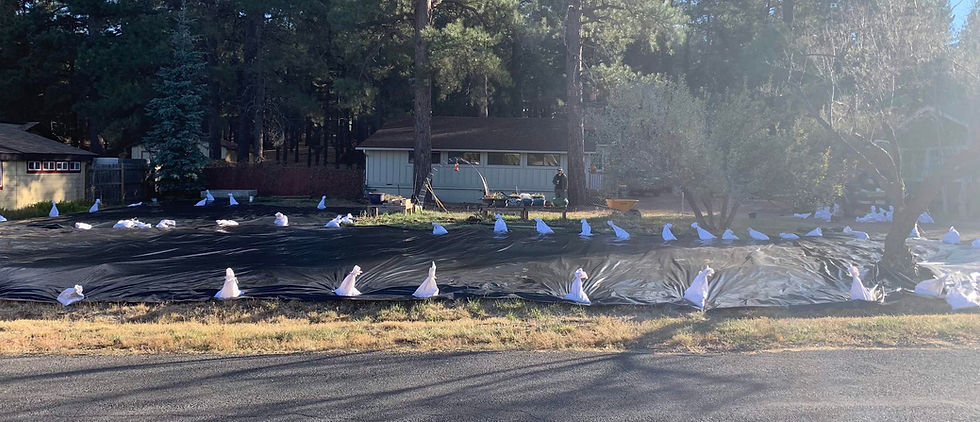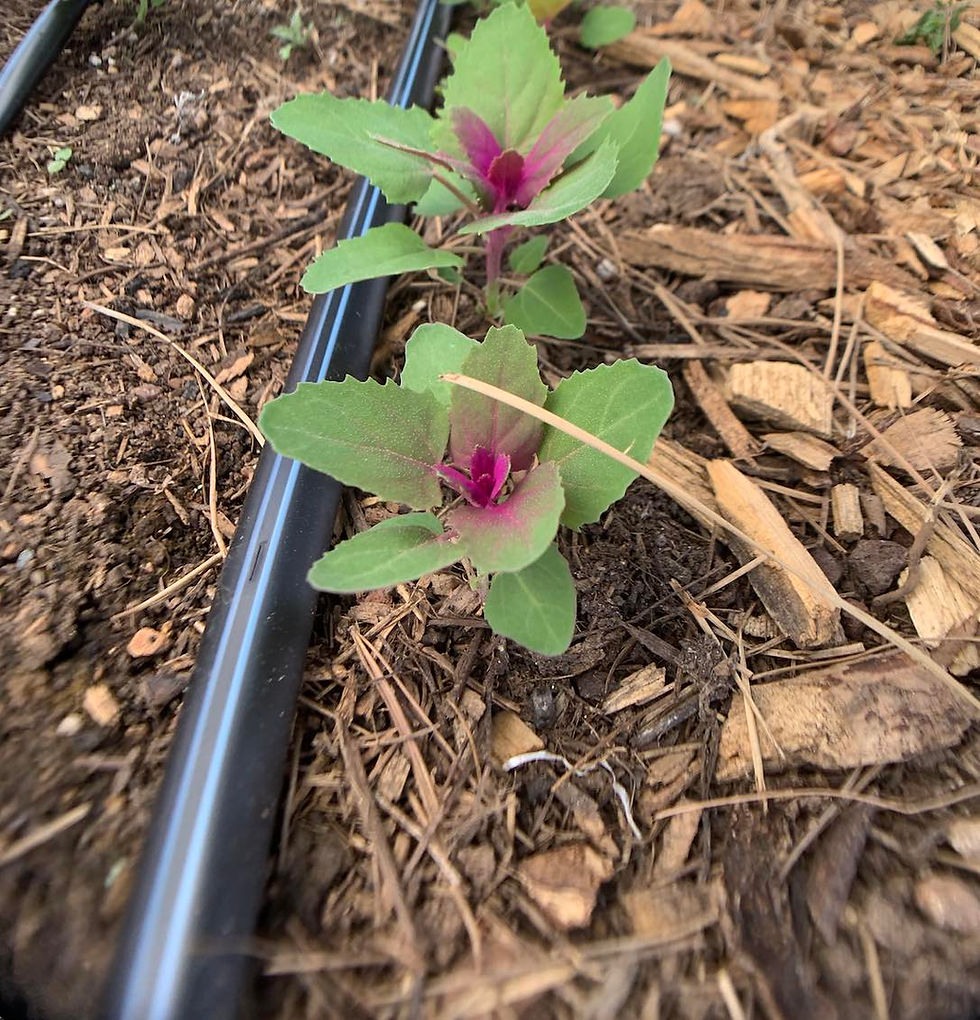How to Convert a Yard into a Market Farm
- Superyard

- Jul 29, 2021
- 3 min read

What's in a yard? Actually, everything you need for a market farm.
A market farm is a small-scale farm that grows a diverse supply of fresh fruits and vegetables throughout the growing season. Usually, market farmers sell directly to people or restaurants. In our model, we convert unused spaces like front yards, aimed at the neighborhood it's in! How is this done? And why? First:
How to Convert a Yard
There are four main basic steps to convert any plot, from a lawn, vacant lot, or random space into a market farm.
1. Survey the space.
When you convert a yard to a farm, you are looking to start with two things that for our purposes we consider unchangeable: ample sunlight and access to municipal water. After that, everything begins with the soil. First, you take a soil sample to send an agricultural lab. This will give you a clear picture about what's in your soil, and what amendments you need to add to help everything grow. Next, take a look at what kind of stuff is already growing. Are there annual grasses? Perennial weeds?
2. Tarp the growing area.

As many yards consist of grass and weeds, we currently see tarping as a promising environmentally sustainable way to get rid of them, incorporate their nutrients back into the soil without disturbing the life in it or bringing new weed seeds to the surface. Read more about lo-till tarping methods at the Cornell Small Farms Program.
3. Build the soil.

We shape our beds into a standard market farm size of 30 inches wide x 15 feet to 30 feet long. This ensures that anyone can easily reach and walk over each bed, and that all our plantings are uniform, making the farm look beautiful and ensuring a uniform harvest process.

To create each bed, we add compost. At Superyard Farms, our strongest tool is our massive ASP compost system, which has been made possible in part thanks to the amazing NAZ organization Flagstaff Foodlink. (We will be sharing tutorials on how our system works later in the year.)
Finally, we use a combination of weed barrier and wood chips to create footpaths.
4. Install the drip.
In the west, and of course especially in Arizona, water is precious. Dripline is an incredibly efficient way to get water to plants exactly where they need it, without evaporation.
5. Plant!

We are constantly evolving our methods, but so far, as you can see, this is working.
Why this model?
At Superyard Farms, we are confronting the national reality that land is expensive. In Northern Arizona in particular, arable land is hard to come by. 'Arable' means land that can be farmed because it checks off these boxes: it's not too rocky, it's not too hot or cold, and it has a source of water. Sound like a challenge? It's the biggest barrier to all new farmers, and it's even worse for aspiring farmers from historically disadvantaged backgrounds.
You can read more about this in the Land Report by the National Young Farmers Coalition:
"Finding secure access to land is the number one barrier preventing a generation of growers from entering the field. Land is also at the root of racial equity, food sovereignty, economic prosperity, public health, and the climate crisis. As we address these issues, land must be part of the conversation."
We started Superyard Farms as a way to experiment with the land barrier in a creative way: borrowing land.
We have seen this model work in profit-driven operations by farmers like Curtis Stone of The Urban Farm.
Basically, we use good-will partnerships to get aspiring farmers, home-owners, and communities to benefit from a neighborhood farm.

Superyard Farms is part farmer-incubator, part neighborhood farmshare. If you want to get involved as either a farmer, a land-owner, or a community member, please reach out.





Comments